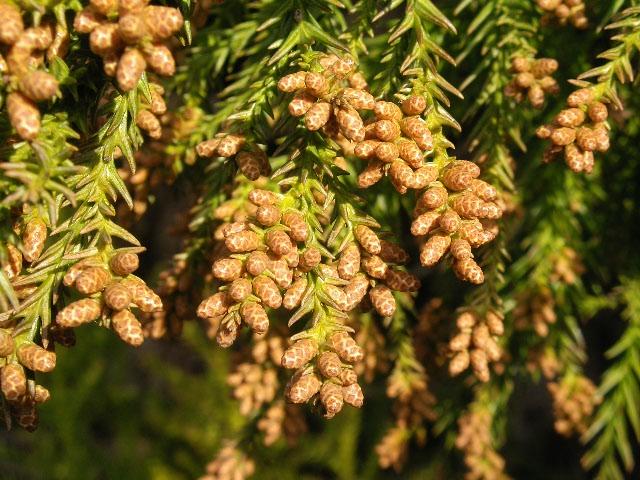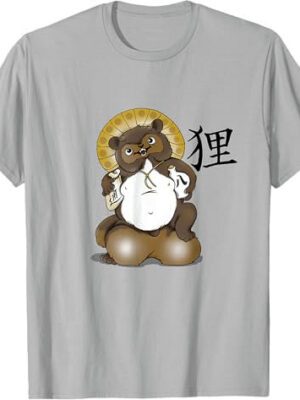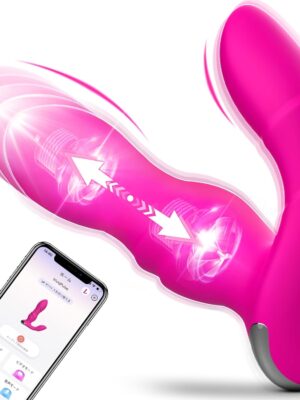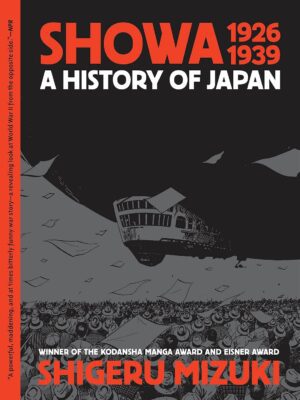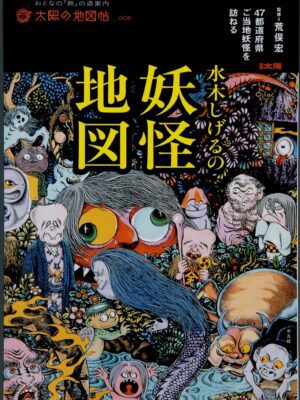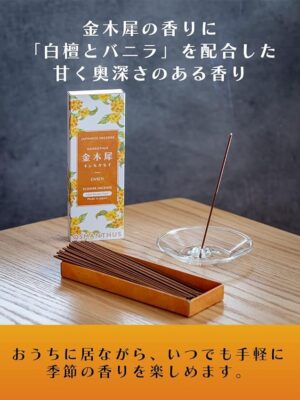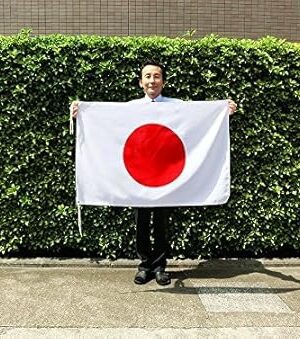Hay fever in Japan is nothing to sneeze at. In Tokyo area this is particularly serious in conjunction with the ever present smog and other forms of pollution. Here are the basics to help you through your day.
Amazon Affiliate Linked Japanese Goods Shop
花粉症, kafunshō, “pollen illness”
Hay fever season is upon us once again! February through early April is the time for Cryptomeria Fever, which for me is the worst. But this is not the only time to get hay ever. Autumn has plenty to sniffle at as well. Knowledge is the institute step in making this time of year tolerable if you are susceptible to pollen or spores. This is how to survive ‘Kafunsho’ in Japan.
When are the worst times?
To some extent if flowers are blossoming then there is a chance virtually every season for pollen allergies. But the time when most people suffer the worst is from the beginning of February to early or mid April. This is the Cryptomeria Fever season in Japan. As the days become consistently warmer and over 10 degrees C, the local variety of cryptomeria goes into blossom. It starts in Kyushu and works its way north through Honshu and finishes in Hokkaido. So depending where you are it starts in early February and ends late March or it starts in early March and ends mid April. For Tokyo this season starts mid February and ends late March.
But Cryptomeria Fever Season isn’t the only time people can get sick. There is also the autumn; mainly September and October. This hay fever season is from the a variety of wildflowers and grasses blossoming as well as mold spores being emitted into the air. So people who are susceptible to Cryptomeria Fever may not notice the autumn pollen and the other way round. And then there are the poor souls who are effected by both times.
How to protect yourself or limit exposure?
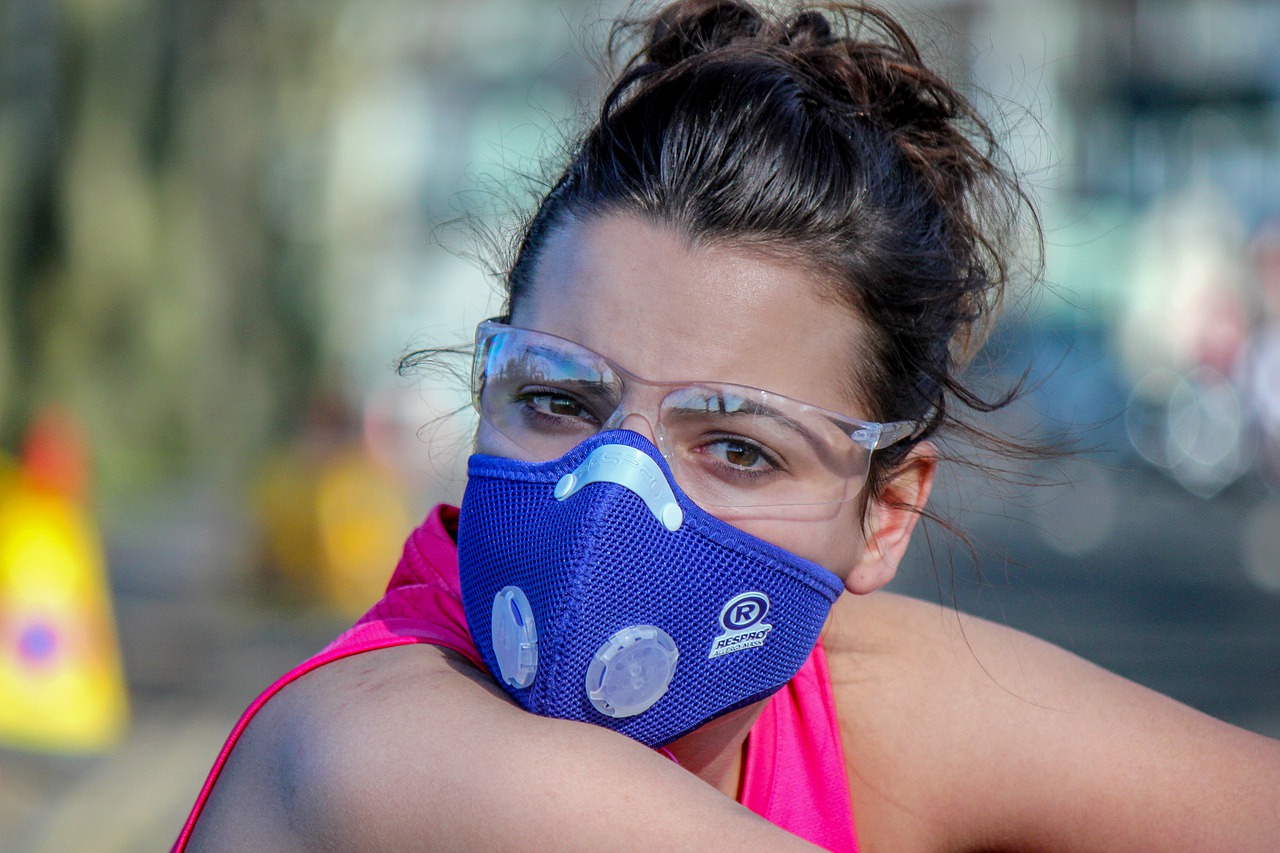 Pollen is everywhere in the air during Kafunsho so wearing a face mask that covers the mouth and nose when outside at all times is the most comprehensive way to limit exposure while outside.
Pollen is everywhere in the air during Kafunsho so wearing a face mask that covers the mouth and nose when outside at all times is the most comprehensive way to limit exposure while outside.
Another way (the way that I use all the time) is to put some Vaseline using a q-tip just inside the nostrils of your nose, then gently pinch them shut with your fingers. The Vaseline will then cover the nose hairs and catch most of the pollen breathed in through your nose. The pollen opens with contact with water. It’s the releasing of the pollen’s genetic material that make your body think it is until some kind of virus attack. The Vaseline is oil based, so the captured pollen doesn’t release its genetic material! Lately, since Covid-19 became an issue I use both strategies. I both wear a face mask and put Vaseline in my nostrils. My experience is that this cuts down a lot on my Cryptomeria Fever symptoms, but not 100 %. However, 90 % is still pretty good to me.
Another way to limit pollen exposure during Kafunsho is to put paper filters over the air filters for your apartment. This will keep the pollen from coming inside unless you open the doors or windows. Also, many people in Japan dry their clothes outside. Well… during Kafunsho maybe it is better to dry them inside the apartment. And finally if pollen gets in it collects on the floors, however using a vacuum cleaner only shuffles the pollen around and doesn’t properly get rid of it. Using a wet mop with some soap will do that job very well.
Over the counter medication and help from a doctor
For those of us who want a bit more there are many over the counter anti-hay fever medications such as the ones offered through Amazon Japan at the bottom of this article. You can go to your local drug store and ask for “Kabunshō-yaku” or show them a paper with these kanjis “花粉症 薬”. Hay fever is very common throughout Japan and they are well stocked to handle this problem.However, some people may need perscription medical treatment for this. In that case they should seek the help of a doctor. There are many clinics that specialize in allergies in the big cities. You would search on the internet for
What are the plant species involved?
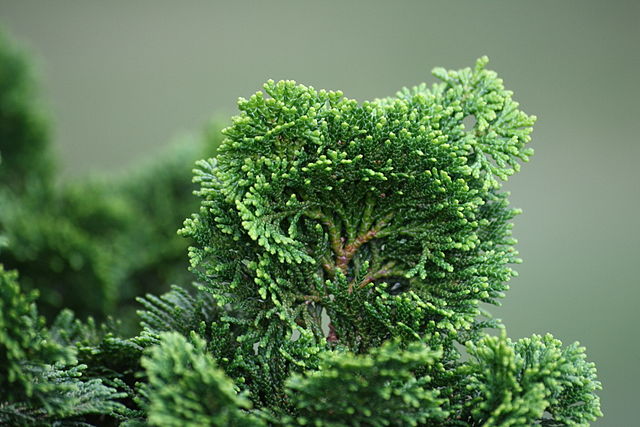
There are two types of Japanese evergreen trees that cause problems in the spring and various flowering plants along with molds and funguses cause troubles in the autumn. In the spring Japanese Cryptomeria (Sugi) and Japanese Cypress (Hinoki) trees are the overwhelmingly large causes of Pollen Sickness. Cryptomeria starts in late January (depending where you are in Japan), peaks in late March or early April, then declines for four to six weeks afterwards. Japanese Cypress follows Cryptomeria by about a month. For myself, I seem to be strongly effected by Cryptomeria and not at all by Japanese Cypress. But everyone is different.
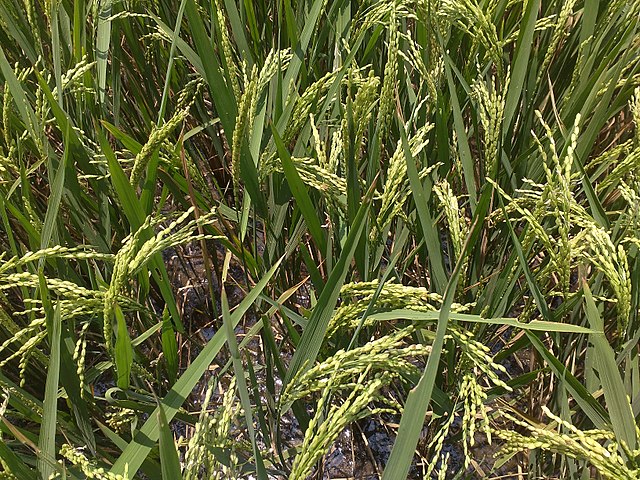 Though less well know there are other times when people have been known to have allergic reactions to pollen in the air. In May through July rice plants (Ine) have been known to cause allergies in people as well. From mid-August to October the second planting of rice plants, ragweed (Butakusa), and artemisia (Yomogi) are the main contributors to allergies.
Though less well know there are other times when people have been known to have allergic reactions to pollen in the air. In May through July rice plants (Ine) have been known to cause allergies in people as well. From mid-August to October the second planting of rice plants, ragweed (Butakusa), and artemisia (Yomogi) are the main contributors to allergies.
Who is the worst affected?
Please refer to the Tenki.jp’s website for information on where the pollen is bad and when. You can go to the pollen count by prefecture page and choose your prefecture here.
<1--
References
In English
“”
In Japanese
.
–>

